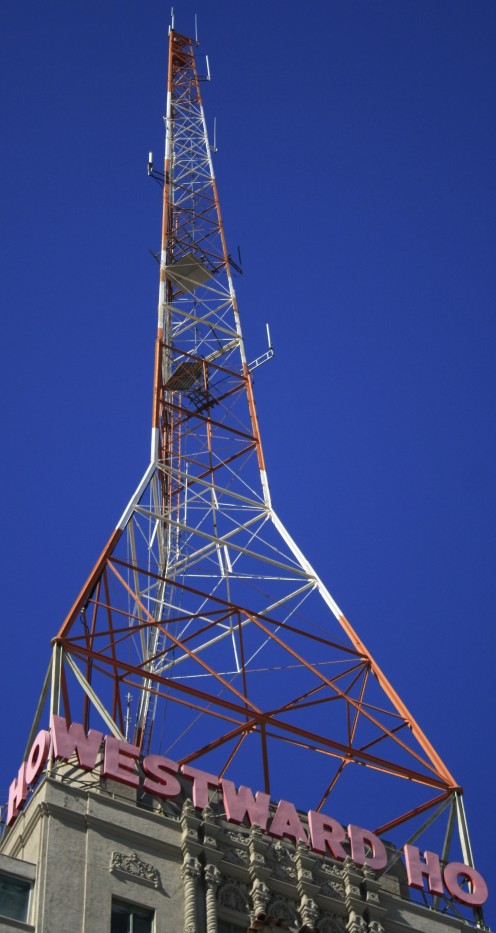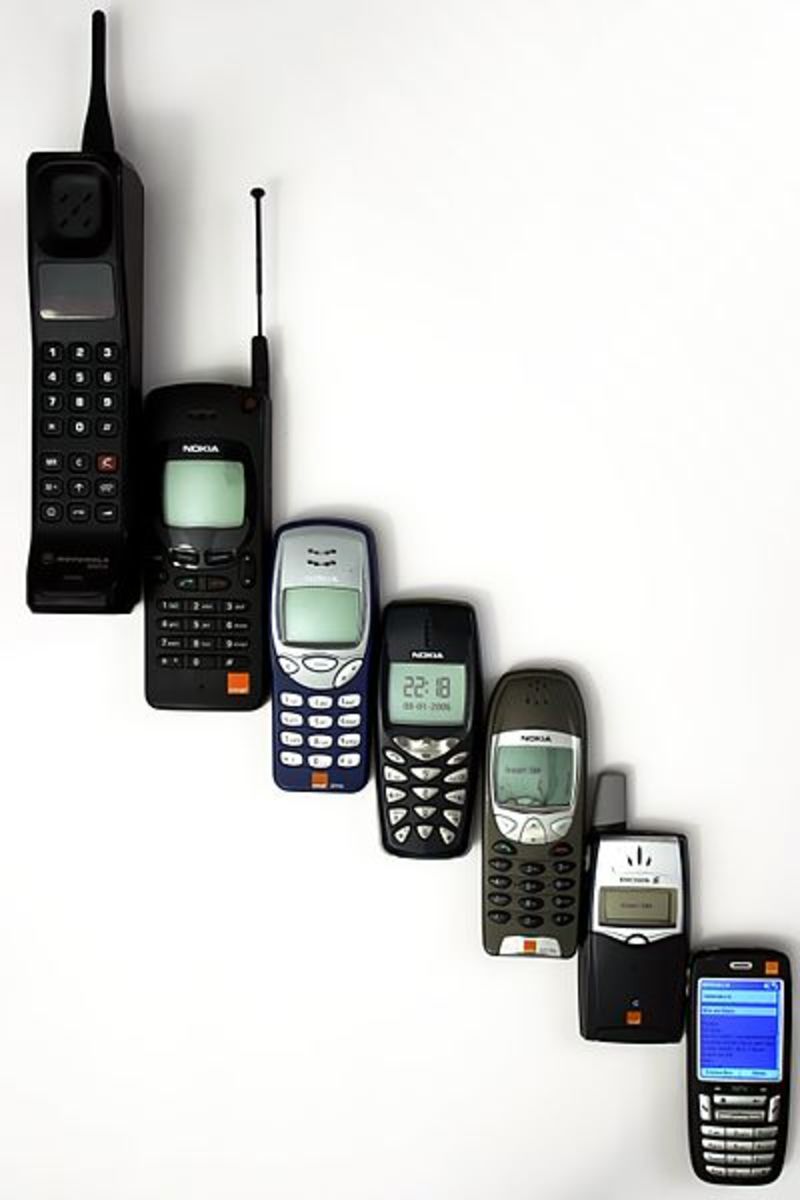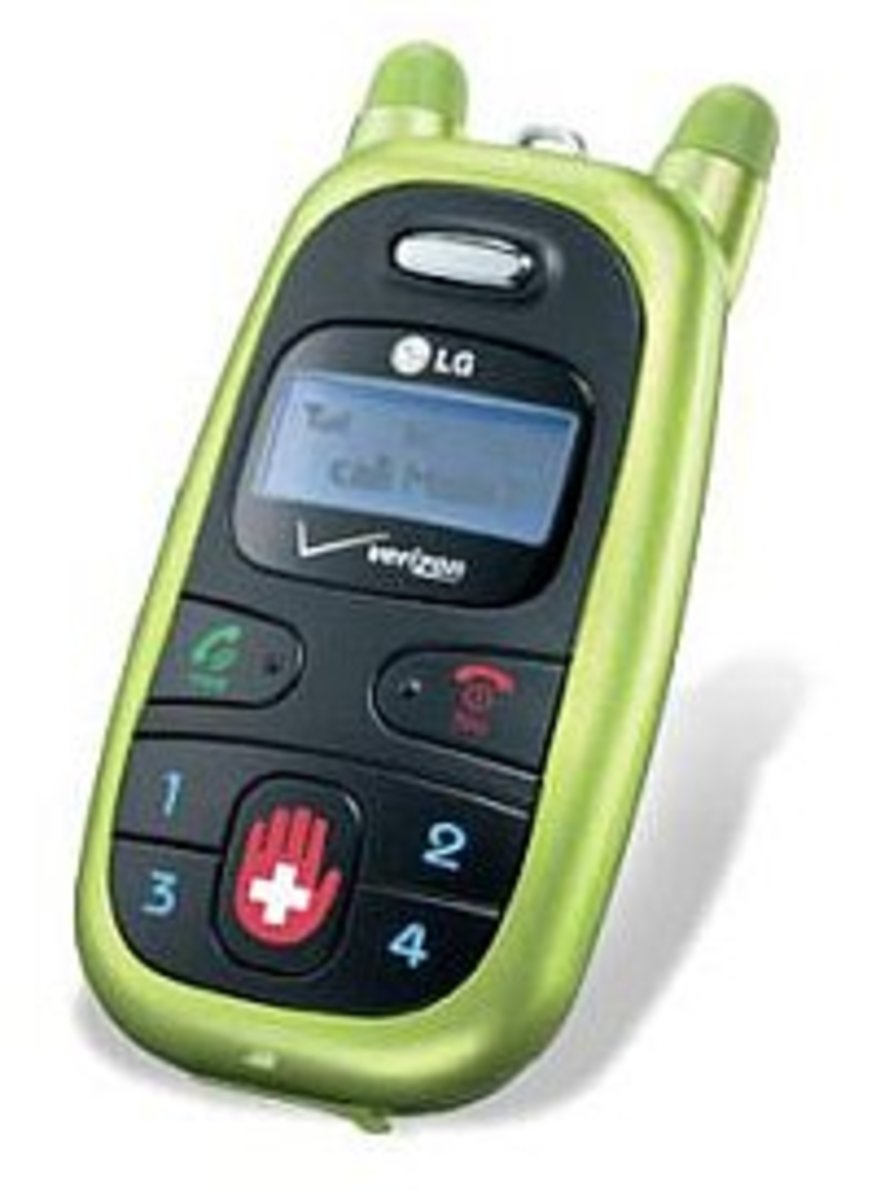How mobile phones communicate with cell phone towers


Mobile phones work when there is an adequate connection to a cell phone tower or mobile phone mast, the mast shown above is presumably situated in the Scottish countryside where it is often difficult to achieve mobile phone connections.
Basic details on how phones communicate with cell phone towers
Mobile phones communicate with the cell phone tower and connect via the mass of antennas, electronic communications kit - such as transmitters and receivers. The cell phone tower is known as a "cell" within the cellular phone network and may have a number of base stations, allowing it to deal with mobile phone connections to a variety of different mobile phone suppliers or technologies.
Each cell phone tower has a potential range to enable reliable connections, but this may often be dependent upon the external environment. If the tower is surrounded by a number of tall buildings, in the hills or countryside with a great deal of external signal interference, or located on the outside of a building with some form of cladding the signal may be weak due to reflection or absorption of the radio signals. You could expect the best types of connection to cell phone towers mounted at higher levels than the surrounding buildings or terrain.

When you're on the move and using your mobile phone, you can expect the cell phone towers in the locality you are visiting to throw your call over to the closest available cell phone tower that offers the best receptions/transmissions.
Of course, the number of calls a tower can handle is based upon the installed technology but in a suburban environment you might expect to find a cell phone tower spaced at one or two miles apart, while densely populated urban districts might have a mobile phone mast every quarter to half mile to ensure better communications.
If you have concerns about levels of radio frequency waves generated by cell phone and tower communications or any potential risks or health problems associated with mobile use, you may want to check out this link provided by the American Cancer Society. And here's a basic explanation of how cell towers work.
© 2014 Dawn Denmar








